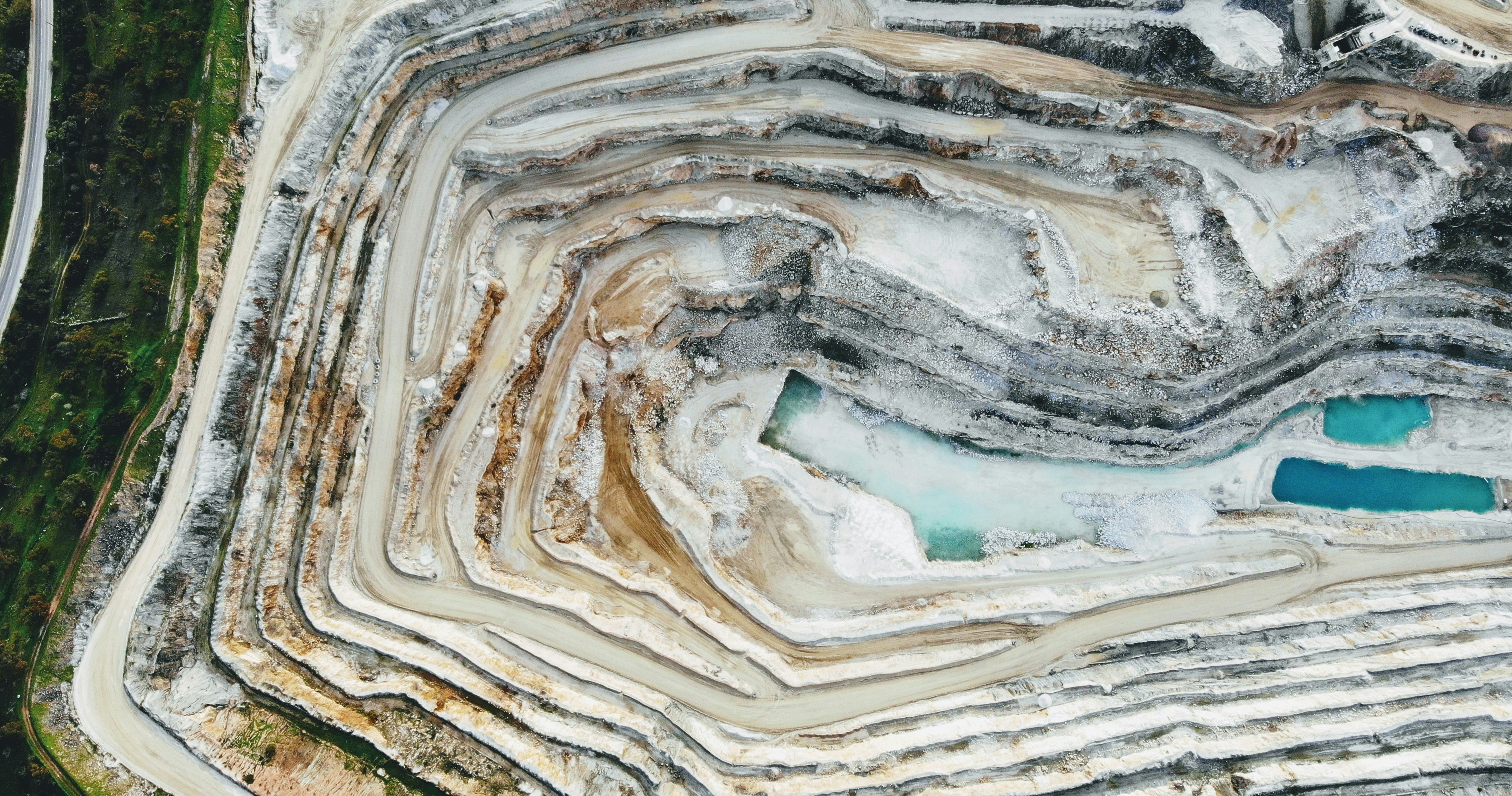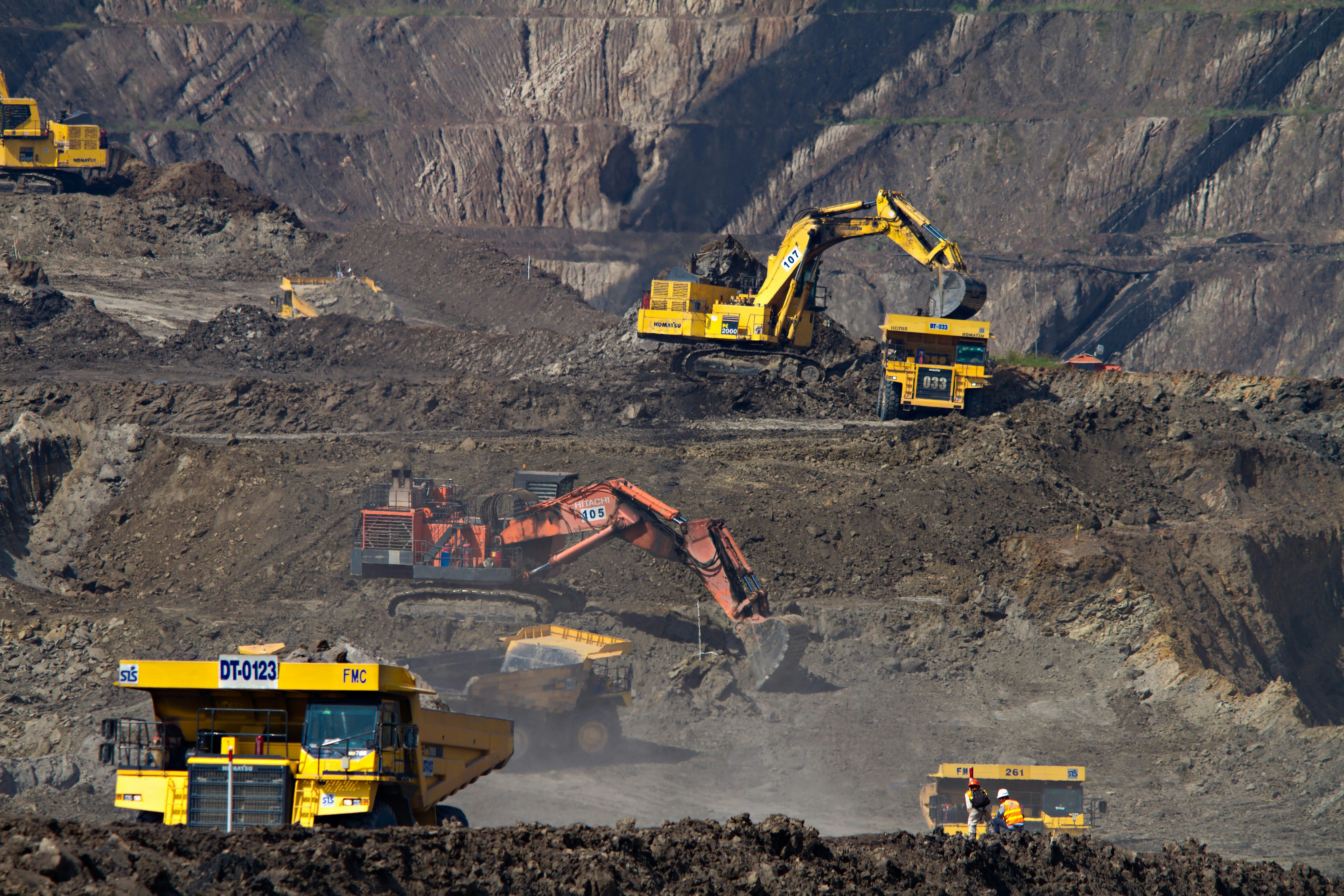How are the mining behemoths confronting the onslaught of climate change? Their answer lies in adaptive risk strategies. Top mining operators have recognized the imperative to evolve their approaches to sustainability & climate risks.
Some revenue and market cap leaders include:
- Glencore (Switzerland): A global leader in mining and commodity trading, Glencore reigns supreme in revenue generation, particularly for copper and cobalt, essential materials for our modern world.
- BHP (Australia): Holding the top spot for market capitalization in the mining industry, BHP is an Australian powerhouse that extracts resources crucial for global infrastructure, like iron ore and petroleum.
- Jiangxi Copper (China): As the world's second-highest revenue-generating mining company, Jiangxi Copper is a Chinese giant focused on copper extraction, a vital metal for electrical wiring and renewable energy technologies.
- Rio Tinto (UK): This UK-based mining leader boasts a prominent market capitalization. Rio Tinto is a diversified miner, extracting essential materials like iron ore and copper that underpin various industries. Facing rising temperatures, volatile weather patterns, and stringent regulatory demands, these firms continuously refine their risk mitigation tactics.
Assessing Climate Vulnerabilities
In the face of escalating climate threats, top mining companies must rigorously evaluate their operational exposure. Through comprehensive climate vulnerability assessments, entities such as BHP, Rio Tinto, and Glencore identify critical areas of risk. This process involves scrutinizing factors such as the geographical vulnerability of mining sites to extreme weather events, the resilience of supply chains, and the adequacy of water management systems. Furthermore, a thorough analysis of regulatory frameworks is paramount to gauge future compliance pressures. These assessments help frame the strategic imperatives needed to fortify against the pernicious effects of climate variability and change.
Physical Impact on Operations
Mining infrastructures are vulnerable to climate shocks—extreme weather can imperil operations and trigger financial setbacks.
Every year, extreme weather disrupts mining operations, costing the industry billions in lost productivity and repairs.
As the frequency of climate disruptions surges, ensuring operational continuity demands robust infrastructure, emergency preparedness plans, and adaptive management practices to mitigate risks.
Effective remediation and resilience-building strategies are crucial for operations longevity—minimising downtime and safeguarding against the escalatory impacts of a changing climate.
Regulatory and Legal Challenges
Mining companies face intricate legal frameworks evolving in response to climate threats.
- Cross-border Legal Variances: Multinational mining enterprises must navigate diverse legal landscapes, which complicates global operational strategies.
Consequential penalties for non-compliance add layers of financial risk.
The legal landscape demands diligent monitoring to ensure operational viability.
Strengthening Operational Resilience
Incorporating climate risk into strategic planning is vital for mines to ensure longevity. With factors such as resource scarcity, extreme weather events, and evolving stakeholder expectations, a proactive approach is imperative to sustain operations. Enhanced stress testing, predictive analytics, and robust emergency management systems form the bedrock of resilient infrastructure in the face of climatic upheavals.
Diversified investments in renewable energy sources and water reclamation processes further solidify operational resilience. Such initiatives not only reduce carbon footprints but also insulate mining concerns from volatile fossil fuel markets and diminishing water supplies, securing the continuity of their industrial activities.
Technological Innovation for Adaptation
In the face of climatic uncertainty, mining entities are leveraging cutting-edge technology to mitigate risk and maintain operational integrity.
- Advanced geospatial analysis tools for real-time environmental monitoring.
- Automated machinery that operates in extreme weather conditions with minimal downtime.
- Early-warning systems that detect environmental hazards and potential resource constraints.
- Enhanced water management technologies to secure reliable supply despite fluctuations.
- Carbon capture and storage (CCS) solutions to address emission reduction targets.
Incorporating such innovations aids in preemptively addressing environmental and operational challenges.
Utilisation of these technologically driven strategies is pivotal in navigating the transitory landscape towards a more sustainable mining sector.
Resource Management and Efficiency
Can efficiency in resource management mitigate evolving risks?
Since 2010, industry leaders have devised robust frameworks to streamline operations, increasingly focusing on the efficient use of resources to ensure sustainability and resilience amidst environmental uncertainties.
Implementing strict governance on resource allocation ensures mines operate within ecological limits, leading to sustainable practices that support both environmental and corporate longevity.
Optimising resource use is not solely about conservation but also about adopting practices like recycling water and repurposing mine waste, which contribute to the sector's adherence to circular economy principles.
Efficiency is paramount; it determines the future viability of mining enterprises, ensuring they robustly weather the challenge of environmental fluctuation with strategic resource management.
Strategic Financial Risk Management
The integration of climate risk into financial planning is imperative for mining entities' longevity and profitability.
In practice, firms employ Climate-Related Financial Disclosures (TCFD) guidelines to gauge exposure to transition and physical risks, which then shape investment strategies and risk mitigation frameworks.
Effective “risk-adjusted” and “scenario-based” strategies can offer resilience in an industry prone to unpredictable environmental shifts.
Investment in Diversification
Diversification in mining company portfolios is essential to mitigate climate-related financial risks, ensuring a balanced investment in varied commodities.
This approach lowers dependency on singular assets, which can be volatile due to climate impacts.
Subsequently, investing across different geographies and commodities spreads risk, creating a buffer against localized climate events.
Investments in renewable energy sources are becoming critical for these firms to secure stable, sustainable supply chains and operations.
Where possible, mining companies seek partnerships that open new avenues, including in sectors like technology and renewable resources, thereby solidifying resilience against resource scarcity.
Essentially, a strong diversification strategy underpins miners' ability to withstand climate-related disruptions, securing sustainable revenue streams in a transitioning economy.
Climate-Related Financial Disclosures
Mining magnates, abreast of emerging trends, are increasingly integrating climate-related financial disclosures into their strategic planning.
The robustness of this approach is apparent; by acknowledging climate risks and opportunities, companies safeguard their financial performance from the potential detriments of extreme weather events and transitions in regulatory landscapes. With a focus on transparency, these disclosures empower stakeholders with detailed insights into how companies proactively manage and mitigate climate-related risks.
Importantly, these disclosures serve as a barometer of a company's resilience to both current and future climatic changes. By demonstrating foresight and adaptability, companies not only align with investor expectations but also fulfill requirements set forth by financial regulators and institutions, which demand meticulous climate risk forecasting and reporting.
In sum, as climate-related financial disclosures become more entrenched in corporate governance, mining operators find themselves at a crossroad. To navigate the complexities of climate risk, they must mandate robust reporting measures that encompass not only risk assessment but also detailed adaptation and mitigation strategies. Such proactive measures will not only satisfy regulatory demands but also bolster investor confidence whilst fostering a culture of resilience within the sector.

Collaborative Efforts for Sustainable Mining
Sustainable mining necessitates a multifaceted and cooperative approach, cutting across various industry actors and stakeholders. This confluence of interests is crucial to devise strategies that address environmental, social, and governance (ESG) factors.
In pursuit of environmental stewardship, mining companies increasingly band together to endorse and implement the Initiative for Responsible Mining Assurance (IRMA). This collective effort underscores a commitment to verified responsible mining practices, which are essential for long-term sustainability and stakeholder trust.
Furthermore, cross-sector partnerships are vital in championing innovation and technological advancements that mitigate mining's environmental impact. By pooling resources and expertise, the mining sector can more effectively transition towards low-impact and climate-resilient operations.
Partnerships with Local Communities
Engaging with local communities is essential to harmonise mining operations with the social fabric.
- Inclusive Decision-Making Processes: Ensure community voices are integral in project planning and execution.
- Cultural Sensitivity Trainings: Educate employees on local customs and values to foster mutual respect.
- Socio-economic Development Programs: Implement initiatives that contribute to local employment and infrastructure.
- Environmental Stewardship: Partner in protecting and sustaining the local environment for future generations.
- Emergency Response Planning: Jointly develop contingency plans for natural disasters or accidents.
Collaboration roots the mining company's presence in local prosperity and well-being.
Such synergies pave the way for sustainable and mutually beneficial relationships.
Global Standards and Best Practices Compliance
Adherence to global standards underpins sustainable mining strategies and operations.
As stewards of the earth's resources, mining giants are pivotal in aligning with stringent international frameworks that dictate environmental, social, and governance (ESG) criteria, ensuring their actions do not detriment the ecosystem.
Moreover, compliance with global best practices demonstrates a commitment to operational excellence and risk mitigation, particularly in managing the environmental impacts and community relations intrinsic to the sector.
The International Council on Mining and Metals (ICMM), for instance, offers guidance on the Sustainable Development Framework, aiding members in instituting strong governance systems and transparent reporting mechanisms.
Abiding by such principles secures not only environmental sustainability but also long-term viability and stakeholder trust.
Mining Industry Conclusions
In conclusion, mining companies are actively implementing adaptive risk strategies to confront the challenges posed by climate change. They conduct comprehensive climate vulnerability assessments to identify critical areas of risk and strengthen operational resilience. Through the incorporation of technological innovations, resource management efficiency, and strategic financial risk management, these companies aim to ensure longevity and profitability in the industry. They also engage in collaborative efforts with local communities and adhere to global standards and best practices to promote sustainable mining practices. Additionally, mining operators focus on diversifying their portfolios to mitigate climate-related financial risks and secure stable revenue streams. It is worth noting that China, with its significant market cap and growing demand for resources, plays a crucial role in the mining industry's future. By proactively addressing climate-related risks and adapting to changing market dynamics, mining companies can navigate the transition towards a more sustainable and resilient sector.



